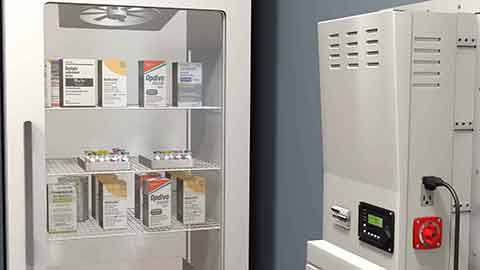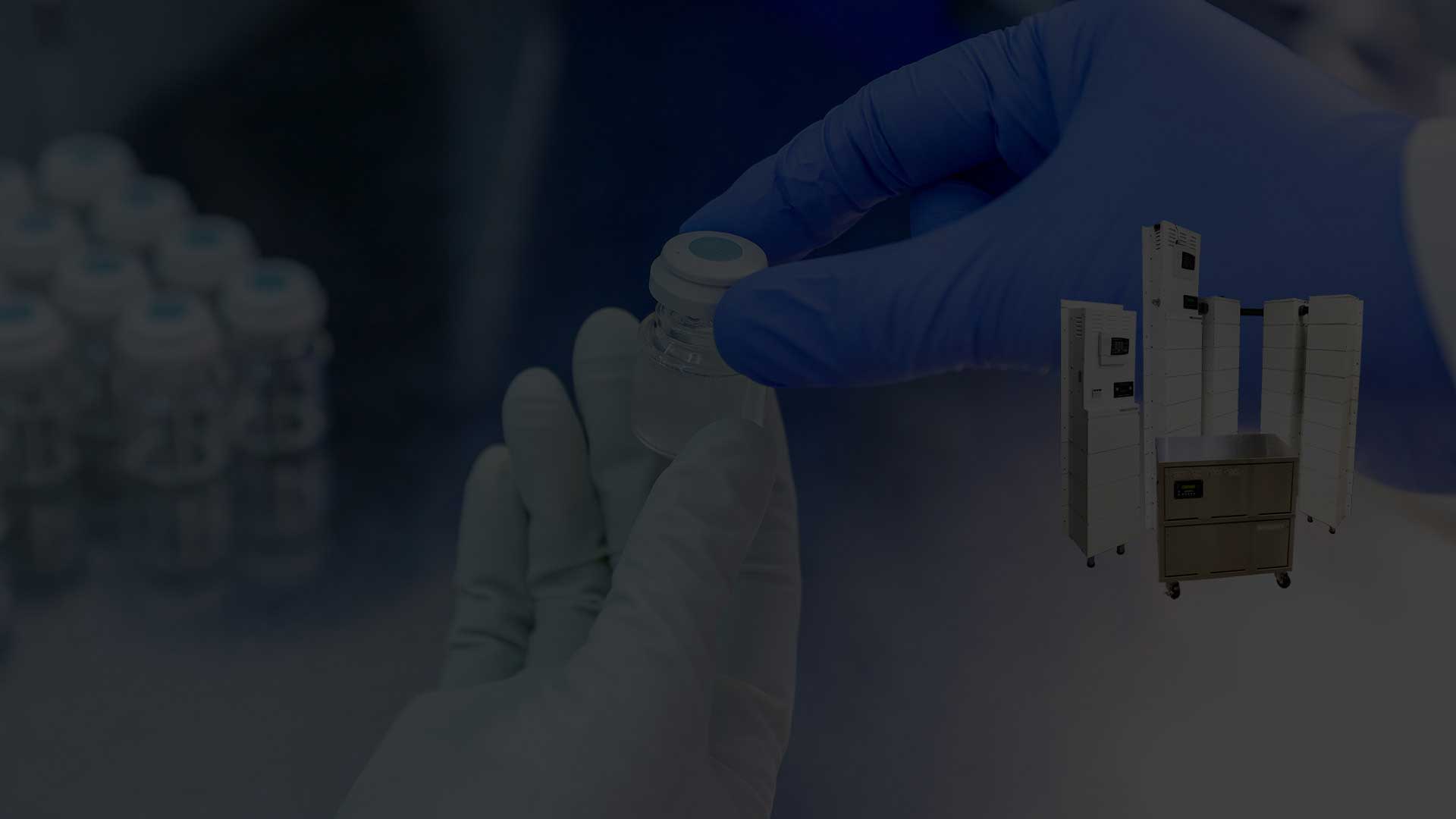Best Practices For Handling Hazardous Drugs
According to the National Institute of Occupational Safety and Health (NIOSH), hazardous drugs (HDs) have six defining characteristics.
The characteristics of hazardous drugs Include:
- Genotoxicity
- Carcinogenicity
- Teratogenicity/Developmental toxicity
- Reproductive toxicity
- Organ toxicity at low doses
- Structure or toxicity profiles of new drugs that mimic existing HDs
Thus, any drug that exhibits any of these characteristics is hazardous and should be handled with caution. This even includes pharmaceuticals classified as "investigational new drug(s)" or INDs.
What is the Highest Risk of Exposure to Hazardous Drugs?
According to the American Society of Health Practitioners (ASHP),
"Medical care employees face elevated risk of exposure to hazardous drugs at key points in the distribution chain."
This is especially true during the manufacturing process, and receipt of shipments. Frontline workers like registered nurses face especially high risks as they are responsible for the compounding, and administration of these drugs. Also, exposures can occur while handling the waste of treated patients.
Accidental exposure has been associated with acute and short-term reactions and long-term effects.
Thus, health care facilities need to place a premium on educating staff about the best practices for handling hazardous drugs. Below, we'll discuss both:
- Dangers imposed by improper exposure if the drugs are improperly handled
- Best practices for safely handling hazardous drugs.
Dangers Posed by Overexposure to Hazardous Medications
Cytogenetic effect
Occupational exposure to hazardous drugs has been shown to affect health care workers at the chromosomal level.
Some of these effects are:
- Chromosomal aberrations with the majority showing an excess of cytogenetic markers
- Structural chromosomal damage, e.g., gaps, breaks, translocations and copy number differences
Reproductive effect
- Exposure can lead to birth defects for mother's
- Increases risk of miscarriages and adverse pregnancy outcomes.
Other Risk Factors of Overexposure include:
- Cancer
- Chronic Nausea
- Skin rashes and Irritation
- Accelerated Hair loss
- Allergic reactions
Instances where health care workers are exposed to hazardous drugs
The reason exposure is necessary is due to the fact that many drugs need preparation before being administered. This work creates an opportunity to absorb the drugs—generally through skin contact. The most common methods of exposure while preparing include:
- Withdrawal of needles or pins from drug vials;
- Drug transfer using syringes and needles or dispensing pins;
- Breaking open of ampules;
- Drug transfer from ampules using filtered needles or filter straws;
- Expulsion of air from a drug-filled syringe;
- Piercing injection ports of IV bags or bottles with needles to inject HDs;
Also, administering the drugs to patients, also creates potential exposure events especially:
- Administering Hazardous Pharmaceuticals via IV bags
- Inhaling dust or droplets in a poorly ventilated environment
- Ingestion by hand-to-mouth transfer of drug residue from contaminated surfaces.
- Accidental injection from needle sticks or other sharps contaminated by hazardous drugs
How to Prevent Exposures Via Safe Handling of Hazardous Drugs
One of the simplest practices for keeping health care workers safe from exposure is a written drug safety and health plan. Ideally, this health and safety plan will meet Hazard Communication Standard (HCS) requirements as mandated by the US Department of Labor.
Having a plan helps to protect your staff and keep exposures as low as reasonably achievable (ALARA).
Ideally, the safety plan is readily available and easily accessible to all employees. As such, it should address all aspects of the safe handling of the various drugs your facility stocks. To be most effective, it should be developed as a collaborative effort from all relevant departments. This ensures that specific measures can be taken to ensure effective staff protection.
Additionally, a facility wide plan should include the following precautions:
- Provide information and training for personnel responsible for drug handling.
- Clearly label all hazardous drugs that need safe handling precautions, including during transport and use.
- Make a list of all hazardous drugs in use in your facility, as required by the HCS.
Note: This measure is also recommended by The Joint Commission (JCAHO).
- Designate areas and procedures for drug storage and preparation
- Provide and mandate usage of personal protective equipment (PPE). This includes safety glasses, face masks, etc.
- All ventilation and exhaust systems should be certified operational at least every six months.
- Ensure that your safety programs identify and include all workers who may be at risk of exposure.
- Ensure that you review your safety plan annually, update it as necessary, and evaluate it for effectiveness.
- Regularly test closed system ventilation and other protective equipment function properly. This includes emergency measures such as a battery backup system for in case of an outage.
Protect Your Drug Hoods and Ventilation Systems With Battery Backup Power.
While only one facet of protection, making sure that critical safety equipment continues to function during an outage:
- Protects Staff and Patients Alike
- Allows your facility to focus on core functions instead of managing equipment
Medi-Products, places a premium on meeting the exact backup power needs of our clients. Every order is custom-built to to the specifications of your equipment and desired runtime. Our highly trained product experts will guide you as you find the perfect system.
Our Technical Data page houses everything you need to know about our systems including
- Spec sheets,
- Installation & testing guides,
- Printable logs that you can use in your facility.
All you need to do is contact our team today to size the perfect system.
They'll simply ask you for photos of your appliances and how long you wish to run them on backup power. Then, they'll get back to you as quick as possible with a variety of product offerings.


